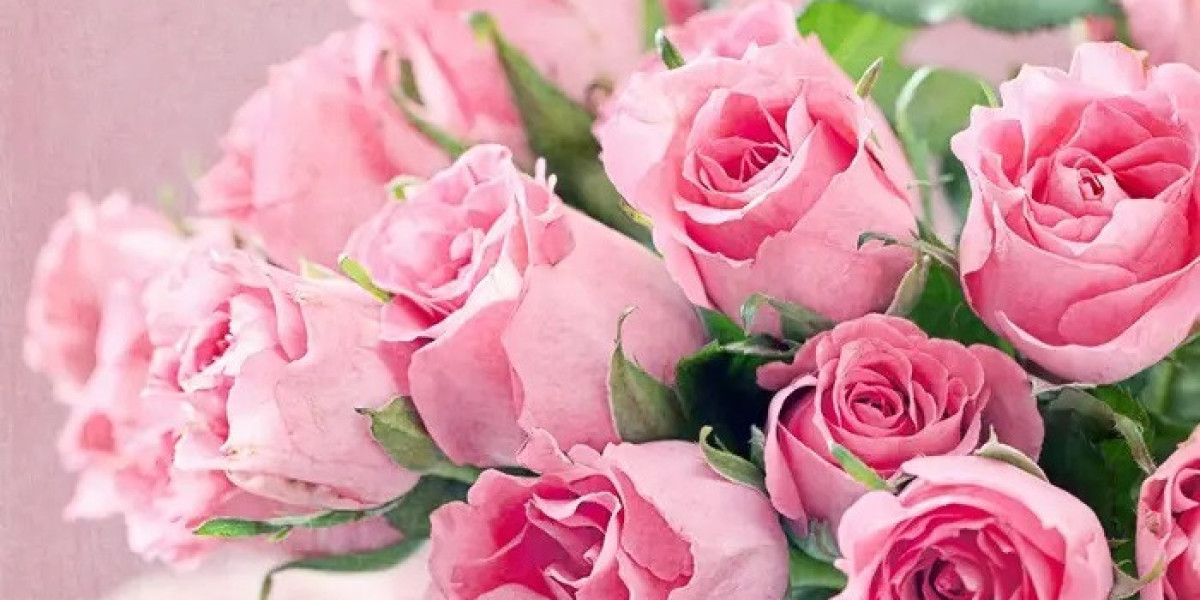The rose is one of the most powerful symbols in human culture. Its beauty captivates the eye. Its fragrance attracts attention. Its presence appears in art, literature, and ritual. From ancient times, the rose has been linked to emotions, particularly love. Its colors, petals, and thorns have inspired poets and spiritual thinkers. The rose does not merely represent beauty. It represents passion, desire, and devotion. It represents the delicate and sometimes painful nature of love. Rose Symbolism has developed over centuries. It appears in mythology, religion, and folklore. This article explores why the rose is associated with love by examining its natural qualities, cultural significance, and spiritual interpretations.
The Natural Beauty of the Rose
The Visual Appeal and Attraction
The rose has a unique visual appeal. Its petals are layered. They curve gently outward. They form a perfect shape. This form attracts the eye. People admire its symmetry and softness. The visual appeal of the rose evokes feelings of admiration and affection. The act of giving a rose becomes a gesture of attention and care. Rose Symbolism shows that beauty is an expression of love. The physical characteristics of the flower make it a natural metaphor for the tenderness and depth of human affection.
Fragrance and Sensory Connection
The fragrance of the rose is another reason it represents love. Its scent is sweet and memorable. The aroma can evoke emotional responses. It can calm the mind. It can stir the heart. The sense of smell is closely linked to memory and emotion. A rose given as a gift can recall memories of care, affection, and intimacy. The fragrance becomes a bridge between nature and human emotion. It strengthens the symbolic connection between the rose and love. Rose Symbolism is therefore not only visual but also sensory.
Cultural and Historical Roots of Rose Symbolism
Mythology and Ancient Associations
Roses have appeared in mythology for thousands of years. In Greek and Roman myths, the rose is linked to Aphrodite and Venus, the goddesses of love. The rose symbolizes passion, beauty, and desire. These stories explain why people see roses as expressions of romantic emotion. The association with divine love reinforces the human connection to affection and beauty. Across cultures, the rose became a universal emblem of love. It represents both physical attraction and spiritual devotion.
Religious Symbolism
In many religious traditions, the rose carries sacred meaning. In Christianity, the rose represents divine love and the Virgin Mary. Red roses symbolize Christ’s sacrifice and spiritual devotion. The rose becomes a sign of eternal and unconditional love. In Sufism, the rose represents the soul’s longing for union with the divine. Spiritual love mirrors human love. The mystical interpretation strengthens the rose’s symbolic connection to deep affection. Rose Symbolism is therefore rooted in both earthly and spiritual dimensions of love.
The Rose and Romantic Expression
Color Variations and Emotional Messages
The colors of roses communicate different aspects of love. Red roses express deep passion and romantic desire. Pink roses indicate admiration and gratitude. White roses represent purity and innocence. Yellow roses signify friendship and joy. Each color conveys a specific sentiment. The language of roses allows individuals to communicate feelings without words. Giving a rose becomes an act of emotional expression. The rose serves as a medium for conveying love in its many forms. This symbolic versatility strengthens its association with romantic and platonic affection.
Gifting as a Gesture of Love
The practice of giving roses is a longstanding tradition. Lovers exchange roses to show affection. Families present roses to honor bonds of love. Roses appear at weddings, anniversaries, and other celebrations of connection. The act of gifting transforms the rose into a symbol of intention. It communicates thoughtfulness, care, and emotional presence. Over time, the gesture reinforced the flower’s meaning. The rose became inseparable from human expressions of love. Rose Symbolism demonstrates that love is not only felt but also performed through tangible acts.
The Thorns and the Complexity of Love
Love’s Beauty and Pain
The rose is beautiful, yet it has thorns. The thorns represent challenges, protection, and boundaries. They remind us that love is not always easy. Love involves vulnerability, effort, and sometimes suffering. The combination of petals and thorns captures the dual nature of love. The flower embodies tenderness and strength simultaneously. This natural balance makes the rose a perfect symbol for the complexity of human relationships. Rose Symbolism conveys that true love is rich and layered. It is both joyful and challenging.
Spiritual and Emotional Lessons
Thorns teach spiritual and emotional lessons. They remind individuals to approach love with care and respect. They indicate that love requires awareness and responsibility. The thorns also represent resilience. Just as the rose grows with thorns intact, love can thrive even in difficult conditions. Spiritual interpretations link the thorns to moral growth, patience, and endurance. The rose becomes a guide for understanding the full spectrum of love. Its beauty and thorns together teach that love is sacred, valuable, and worth nurturing.
The Rose in Literature and Art
Poetic Imagery and Symbolic Expression
Writers and poets have long celebrated the rose. They use it as a metaphor for romantic love. The flower represents desire, devotion, and emotional intensity. Poets describe its softness, color, and fragrance. They link its bloom to passion and its thorns to heartache. The literary presence of the rose reinforces its symbolic power. Through poetry, the rose communicates universal feelings. It transforms personal emotion into shared human experience. Rose Symbolism becomes both a cultural and artistic language of love.
Visual Arts and Romantic Representation
Artists have depicted roses in paintings, sculpture, and decorative design. The rose appears in still-life compositions, religious imagery, and romantic scenes. Its presence signals love, beauty, and devotion. Art allows viewers to experience the symbolic qualities of the rose. It emphasizes the flower’s aesthetic and emotional resonance. Through visual representation, the rose’s association with love reaches multiple senses and deepens its meaning across cultures.
Conclusion
The rose represents love through its natural beauty, cultural significance, and spiritual meaning. Its petals and fragrance evoke admiration, desire, and tenderness. Its colors communicate distinct emotional messages. Its thorns remind us that love includes challenge and resilience. Mythology, religion, and literature strengthen the connection between the rose and affection. Gifting roses demonstrates care and emotional presence. Artistic representations amplify its symbolic power. Rose Symbolism embodies the full spectrum of human love, from passion to devotion, from joy to challenge. The rose remains a timeless emblem, reminding humanity that love is both beautiful and profound, delicate and enduring.






